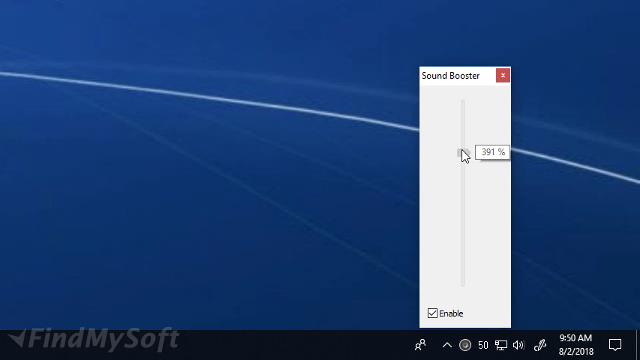

- #Best sound booster for note 9 how to
- #Best sound booster for note 9 update
- #Best sound booster for note 9 manual
- #Best sound booster for note 9 android
#Best sound booster for note 9 how to
Here’s how to wire it if you’re using a breadboard: That way you can compare it to the better sounding one we’ll build later on. Now that we have a little background information on the LM386, let’s start by building a bare bones LM386 amplifier with the minimum amount of components needed to make it work. The gain can be changed to any value between 20 and 200 by placing a resistor (or potentiometer) in series with the capacitor. With the 10 μF capacitor, the gain will be set to 200. Without a capacitor between pins 1 and 8, the gain will be set to 20. Gain control can be achieved by connecting a 10 μF capacitor between pins 1 and 8. If your gain is set to 200, the range of volume is 0 to 200. For example, if your gain is set to 20, the range of volume is 0 to 20. Gain sets the range of possible volume levels. Volume lets you adjust the sound level within the range of amplification set by the gain. So what’s the difference then? Gain is the amplification of the input potential and is a characteristic of the amplifier. That amplification is what’s known as the voltage gain.Īfter you build this amp and play with the volume and gain controls, you’ll notice that both appear to raise or lower the intensity of sound coming out of the speaker. In an amplifier circuit, the LM386 takes an audio input signal and increases its potential anywhere from 20 to 200 times. They take an input potential (voltage) and produce an output potential that’s tens, hundreds, or thousands of times the magnitude of the input potential. Operational amplifiers have a basic task. The LM386 is a type of operational amplifier (Op-Amp). The pinout is shown in the diagram below:ĭownload the datasheet for more information about the output power, distortion characteristics, and minimum/maximum ratings: I used a 9V battery for the power supply and it works great, but you can go down to 4V or up to 12V. The datasheet has graphs that will tell you. The actual output power you get will depend on your supply voltage and speaker impedance. There are three varieties of the LM386, each with different output power ratings: The chip has options for gain control and bass boost, and it can also be turned into an oscillator capable of outputting sine waves or square waves. Only a couple resistors and capacitors are needed to make a working audio amplifier. You are also advised to refer to your headset/earbud manufacturer on their products' implementation.BONUS: Download my parts list for the LM386 amplifier with bass boost circuit to see which components to use for good sound quality.
#Best sound booster for note 9 manual
Details of these functions are documented in the manual accompanying the Sound Blaster PLAY! 4. The Sound Blaster PLAY! 4 implements standard 1-button and 3-buttons media control functions that are widely used in the industry. * Only records via the mobile phone's built-in microphone instead of the connected headphones / headset when recording via Samsung's Voice Recorder app. ^ Voice and microphone audio will output through the mobile phone's speakers instead of the connected headphones / headset for VoiP calls like Telegram and WhatsApp, as well as normal phone calls.
#Best sound booster for note 9 update
Do note that this list is not exhaustive and we will continue to update the list from time to time.
#Best sound booster for note 9 android
The table below lists the compatibility of the Android Phone models that have been tested in-house.

To verify if your phone is compliant with the USB Audio Standard, you will have to approach your mobile device's manufacturer.ĭue to the wide variety of mobile phone brands, models, and operating systems that may have different implementation of USB-C, certain features of the Sound Blaster PLAY! 4 may be limited by your mobile phone.

The Sound Blaster PLAY! 4 will work with mobile devices that are compliant with the USB Audio Standard.


 0 kommentar(er)
0 kommentar(er)
